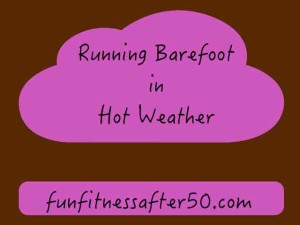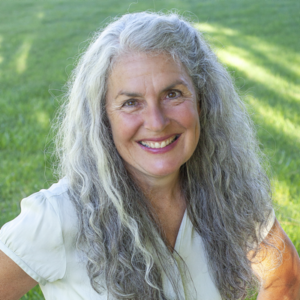 Hot is to some extent a subjective term. Something can feel quite hot if you are enough colder than it, to the point of pain, and still not rate as dangerously hot on an objective temperature scale. Hot can seem hotter because you are tired or thirsty. You might feel the same heat with greater impact if you have lower blood pressure, a certain skin condition, or are working instead of playing. You may feel hotter because of high humidity and more perspiration
Hot is to some extent a subjective term. Something can feel quite hot if you are enough colder than it, to the point of pain, and still not rate as dangerously hot on an objective temperature scale. Hot can seem hotter because you are tired or thirsty. You might feel the same heat with greater impact if you have lower blood pressure, a certain skin condition, or are working instead of playing. You may feel hotter because of high humidity and more perspiration
Realizing the subjectiveness does not mean you shouldn’t pay attention to the sensation. If it feels hot to you, it may be a warning signal that the change is too much for your body to comfortably or safely handle at the moment. Still, feeling hot does not need to necessarily mean you cannot adapt. Bath water that feels too hot at first can feel penetratingly soothing after proper adjustment.
Sometimes you can help adaptation to heat by doing something like providing your body with the correct liquids and electrolytes so that the heat is of minimal concern or discomfort. Maybe you just need to choose your attitude, which can mean the difference between a miserable or productive day in the sun.
Some adaptations can be made on the spot, but others take time. You can quickly change into clothing that allows you to feel cooler, but you cannot so quickly spend time in the direct sun without burning, assuming you are not one of those few people who “just tan.” Adaptions for running or being barefoot in the heat also take time. And, similarly, some people naturally have better heat tolerance or actually enjoy the heat.
But before we get into that more, let’s recognize that some of the trouble associated with heat and exercise are reasonably and wisely dealt with by choosing a less hot time of day. I have one barefoot runner friend who lives in Texas. He regularly gets up at 5 AM to enjoy his run before the sun can directly challenge him. Even shod runners usually prefer to run in the cooler parts of the day, as I point out when asked the common question while barefoot running, “What about when it is hot?” When I visited Costa Rica a year ago, I noticed the runners only came out after dark.
The trouble with running in the heat is that the exercise itself creates heat. If the body is already working very hard to stay cool, it will not be happy with the added stress. Within limits, however, your body can adapt to the need to do this more efficiently, just like it can adapt to increased muscle usage or controlled breathing. Everyone is familiar with how muscles get stronger, but you may not be as familiar with how breathing ability can improve with swimming. Most swimmers are not born with gills. What happens is that they gradually train their lungs and circulatory system to breath more rhythmically and at longer intervals comfortably. Singers and players of wind instruments do the same thing.
For running barefoot in hot weather, both the soles of the feet and the circulatory system need to adapt. The soles need to gradually be stimulated so that the skin there learns to protect itself from heat. Some of this stimulation does not have to be directly from heat, rough surfaces providing some of the same result. Gradual exposure to heat will make a difference, though, because the body adapts fairly specifically to the challenges it faces.
It is important to note that what is felt at the moment may not adequately indicate the effect of unfamiliar levels of heat. It is always best to test new limits carefully, especially if you are new to testing those particular limits. This means small increases in amount of time exposed or temperature of surface.
Speaking of temperature of surface, you know how in a weather report they give the measurable temperature and then the “real feel” temperature? Surfaces have their own “real feel,” but it can be very real. The color, roughness, or materials of a surface can greatly affect how it retains or gives off heat. In my experience, smooth dark black is the hottest. The black might not surprise you, but the smooth means more surface area in contact with your soles.
It can also make a difference what other substances are scattered around. Plant matter might absorb moisture and lend a certain coolness to the ground (but it can also hide sharp objects). But don’t assume that moisture or puddles are cold. If they have been there a while, they can get quite hot. Some debris can dissolve skin irritants into puddles. Some debris will be sharper is drier. It can all seem overwhelming to a new barefoot runner, but most people find the feet begin to enjoy all the new sensations, like a deaf person might enjoy sound. It might seem to loud at first, but then it is the variations and possibilities that bring delight.
The first few days of hot weather always seem hotter to most people, just like the first few days of cold always seem colder. Then, the senses adjust to a new normal. We make some adjustments in clothing and exposure, to maximize our ability to interface with the environment, but we recognize that too much in the way of artificial adjustments hinders our movement and enjoyment of life. We like our clothes thinner and flexible, our faces to be able to breath, and our hands free to do the tasks desired. It should not be any wonder that some people choose to run barefoot as much as possible for the same reasons.
